In the heart of bustling urban landscapes, where concrete jungles dominate and highways slice through natural habitats, an innovative solution is emerging to reconnect fragmented ecosystems: the insect eco-bridge. These specialized overpasses, designed specifically for tiny pollinators and other arthropods, represent a quiet revolution in urban wildlife conservation. Cities worldwide are beginning to recognize that protecting insect populations isn't just about preserving biodiversity—it's about safeguarding the fundamental ecological processes that sustain human life.
The concept might seem whimsical at first glance—a bridge built exclusively for butterflies, beetles, and bees. Yet the science behind these structures reveals a profound understanding of urban ecology. When highways divide habitats, they create impassable barriers for small creatures that play crucial roles in pollination, decomposition, and nutrient cycling. A study from the University of Hamburg found that a single four-lane highway can reduce insect movement by 70-90%, leading to genetic isolation and population decline.
Zurich's pioneering "Bee Highway" project demonstrates how thoughtful design can make a difference. The Swiss city installed a series of green bridges spanning major roadways, planted with native vegetation that blooms successively throughout the seasons. Motion-activated cameras revealed that within two years, over 180 insect species were regularly using the crossings, including several endangered butterfly species. What makes these structures effective isn't just their physical presence, but their integration with surrounding green spaces, creating continuous corridors through the urban matrix.
Designing effective insect crossings requires more than simply building a green bridge and hoping bugs will come. The most successful projects employ specific strategies to attract and guide small travelers. Native flowering plants with high nectar production are carefully selected to serve as both food sources and visual markers. UV-reflective materials incorporated into the structure's edges help navigate species that perceive ultraviolet light. Subtle topographical variations—small mounds, shallow depressions—create microclimates that cater to different species' needs.
One of the most surprising findings has been how quickly insect populations adapt to these new pathways. In Seoul's Eco-Bridge project, researchers observed that certain ant species began using the crossings within weeks of completion, establishing new trails that subsequent generations followed instinctively. This rapid adoption suggests that even in highly modified environments, wildlife retains the capacity to utilize new connectivity solutions when they're thoughtfully designed.
The scale of these projects varies dramatically based on urban context and target species. In Berlin, narrow "butterfly ribbons" connect pocket parks across minor roads using suspended cables with resting platforms. Meanwhile, Mexico City's massive Via Polinizadora spans eight lanes of traffic with a 30-meter-wide planted deck that doubles as a public park. What unites these diverse implementations is their recognition of insects as legitimate users of urban infrastructure deserving of dedicated space.
Critics initially questioned whether such specialized structures justified their cost, but economic analyses have revealed surprising benefits. The German Federal Agency for Nature Conservation calculated that every euro invested in wildlife crossings yields €4-8 in ecosystem service value through enhanced pollination alone. When factoring in reduced pesticide needs, improved soil health, and increased agricultural yields near urban areas, the financial argument becomes compelling.
Perhaps the most profound impact of these projects lies in how they're changing public perception. Where people once saw pests, they're learning to see vital ecological partners. School groups visit monitoring stations to watch tagged butterflies traverse the bridges. Neighborhood associations compete to adopt the most biodiverse crossing. This cultural shift—from viewing insects as nuisances to valuing them as essential urban citizens—may ultimately prove more significant than the physical structures themselves.
As climate change alters species distributions and urban areas continue expanding, the need for ecological connectivity will only intensify. Insect eco-bridges represent a scalable, adaptable solution that cities worldwide can implement according to local conditions. From tropical megacities to temperate suburbs, the principle remains the same: if we build thoughtfully, the smallest creatures will come, and in doing so, they'll help sustain the invisible networks that keep our cities alive.
The next generation of designs is already pushing boundaries. Singapore's experimental "Hanging Gardens" incorporate vertical green walls that double as insect pathways between high-rise buildings. Dutch engineers are testing glow-in-the-dark vegetation that guides nocturnal pollinators without light pollution. Each innovation builds on decades of research into insect behavior, proving that even in our most artificial environments, there's always room to make space for nature.
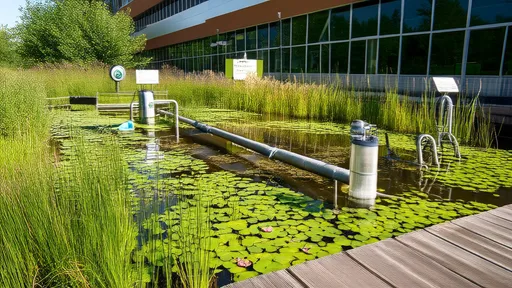
By /Aug 7, 2025

By /Aug 7, 2025

By /Aug 7, 2025

By /Aug 7, 2025

By /Aug 7, 2025
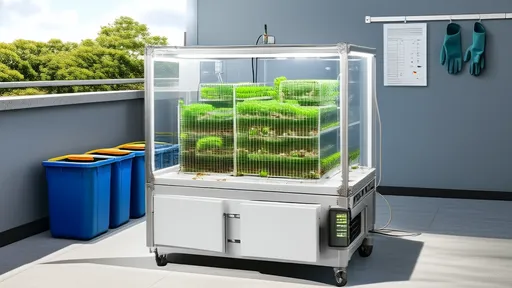
By /Aug 7, 2025

By /Aug 7, 2025

By /Aug 7, 2025

By /Aug 7, 2025

By /Aug 7, 2025

By /Aug 7, 2025
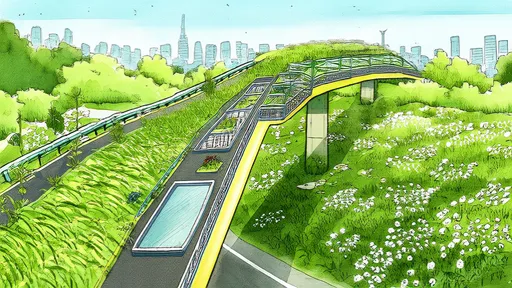
By /Aug 7, 2025

By /Aug 7, 2025
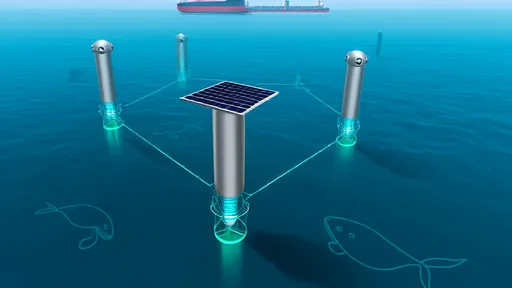
By /Aug 7, 2025
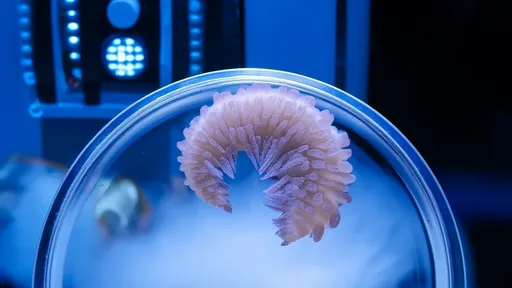
By /Aug 7, 2025
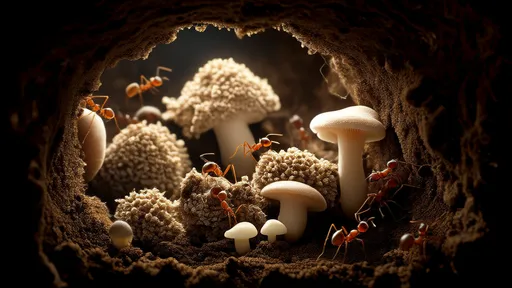
By /Aug 7, 2025
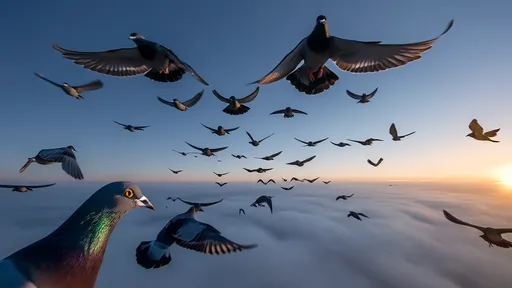
By /Aug 7, 2025
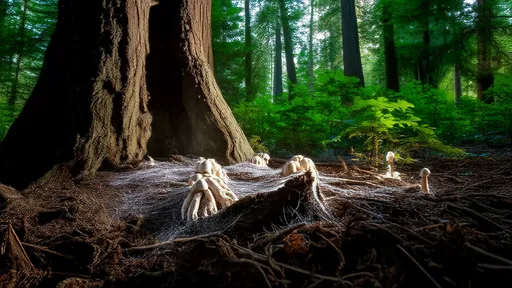
By /Aug 7, 2025
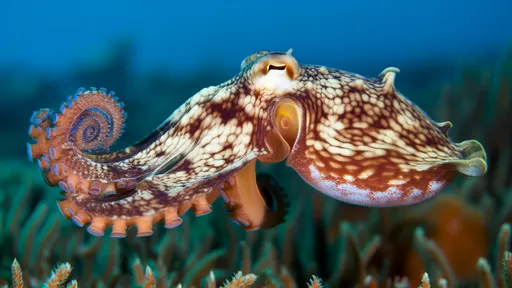
By /Aug 7, 2025
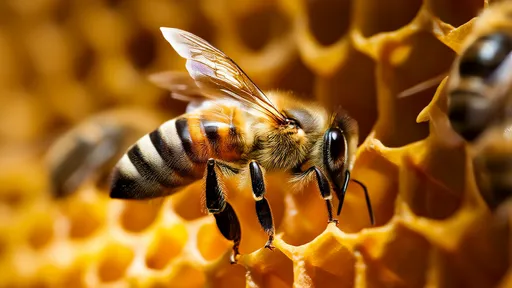
By /Aug 7, 2025